Figures & data
Figure 1 Icare® TA01i.
Abbreviation: IOP, intraocular pressure.
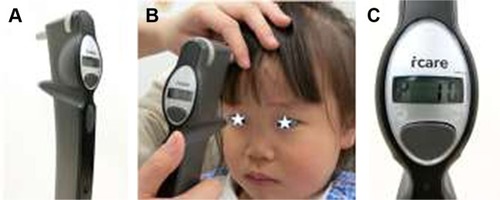
Figure 2 Probes used in Icare® series.
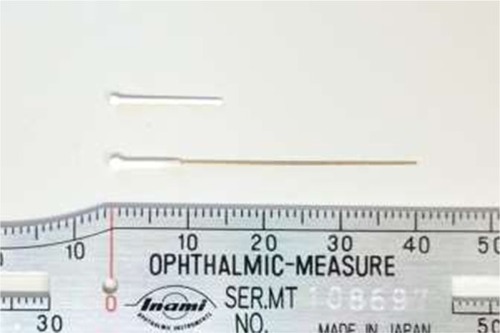
Figure 3 Icare® PRO.
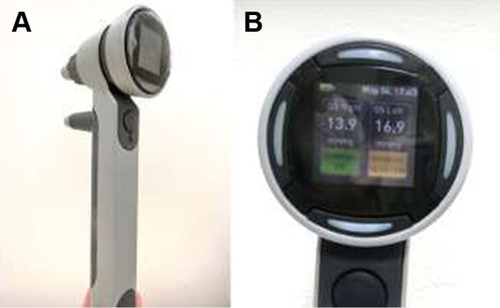
Figure 4 Icare HOME.
Abbreviation: IOP, intraocular pressure.
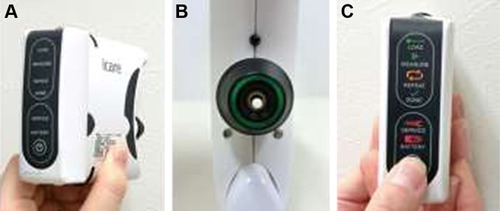
Figure 5 Icare ic100.
Abbreviation: IOP, intraocular pressure.
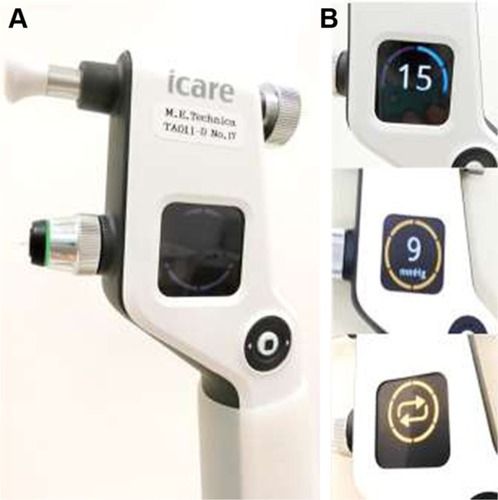
Figure 6 (A) Box plots with mean IOP of Icare ic100 and GAT. IOP was significantly lower with the Icare ic100 than with GAT by about 2.5 mmHg. (B) Scatterplot of IOPs from Icare ic100 and GAT.
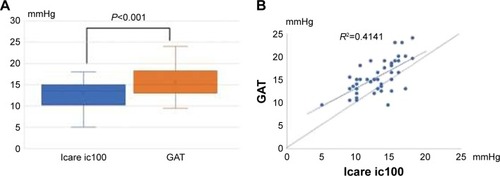
Table 1 Characteristics of Icare rebound tonometers
